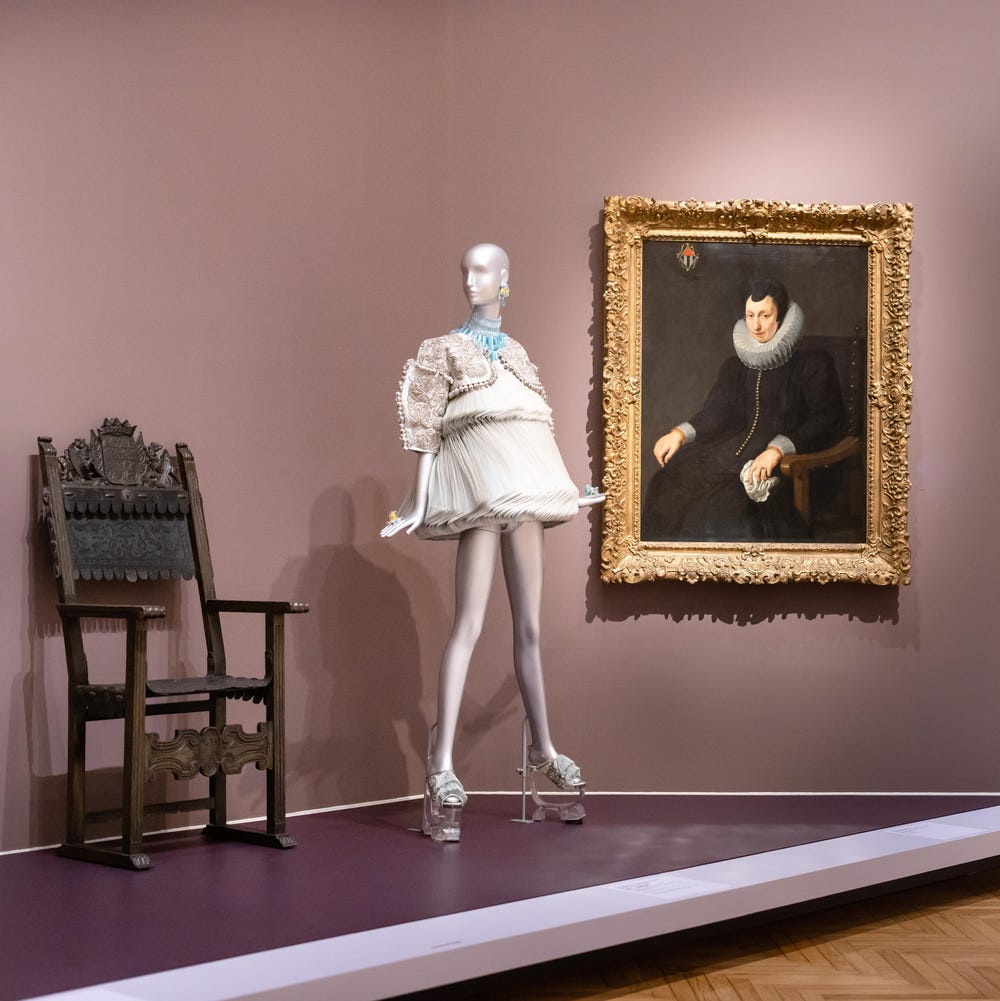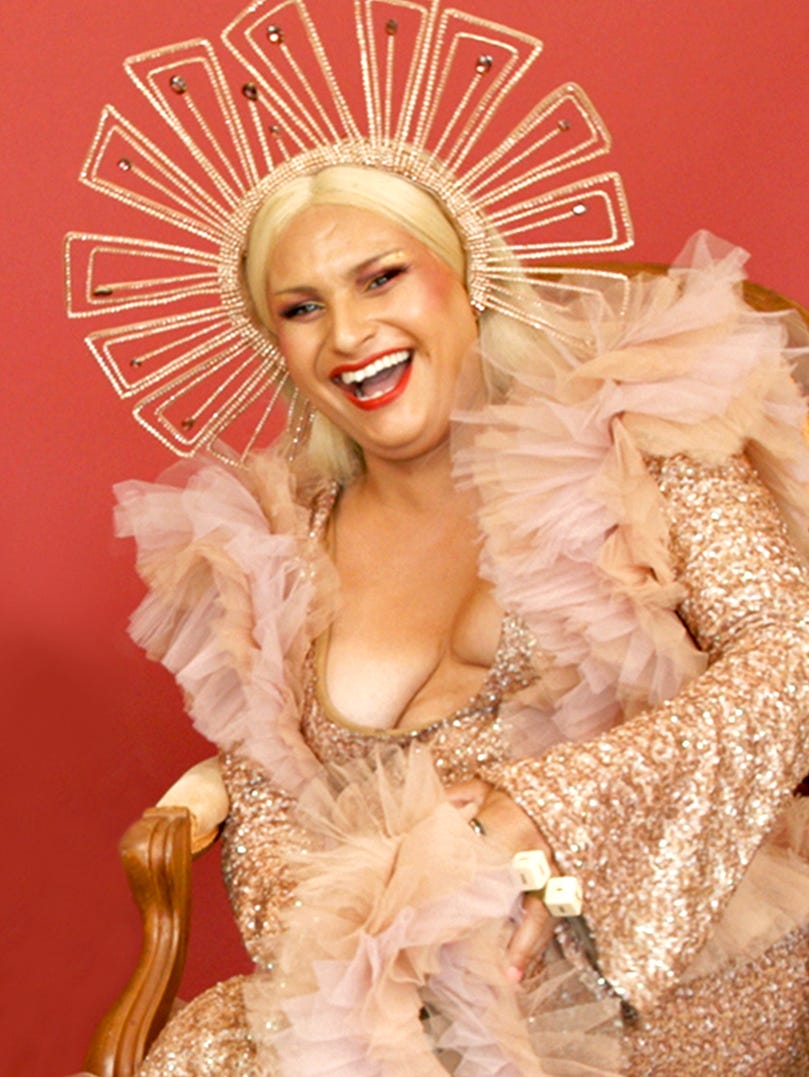East Meets West: Jewels of the Maharajas from The Al Thani Collection explores themes of influence and exchange between India and Europe through dazzling jewelry, carved jades, enameled gold, and famous diamonds. The exhibition features more than 150 exquisite objects made in India or inspired by its traditions, ranging from the 16th century to the present. Diamonds were at the center of this exchange. Here we discuss how diamonds with origins in India made their way to Europe, where they were often recut in sparkling new forms.
—Jacques de Coutre (1577–1640), Flemish gem trader and travelerThe jewels of the Mughals were equal to the wealth of all the monarchs of Europe combined.
Until the 1730s, most of the world’s diamonds were sourced from India, where diamonds were found in riverbeds in the plateau of the Deccan region in Southern India. Some of the world’s most famous historic diamonds—including the Koh-i-Noor (British crown jewels, now at the Tower of London); the Regent (French crown jewels, Musée du Louvre, Paris); the Hope (formerly French crown jewels, Smithsonian Institution, Washington, DC); and the Orlov (Diamond Fund, Moscow)—were obtained in the Kollur mines, then cut and traded at Golconda, near Hyderabad.
Arcot II diamond, India, ca. 1760, modified 1959 and 2011. Brilliant-cut, pear-shaped, grade D, internally flawless type IIa, 17.21 carat, 1 x 5/8 x 1/4 in. (2.6 x 1.6 x 0.6 cm). © The Al Thani Collection. All rights reserved. Photograph by Prudence Cuming Associates Ltd.
The Mughal emperors and the Indian princes had a passion for diamonds and gemstones, which they collected and wore in great profusion on state occasions. Beginning in the 1600s, European monarchs in the West similarly acquired large diamonds to reflect their prestige and power. While the Indians polished the existing facets of the diamonds to preserve precious weight, in the mid-1600s the Europeans innovated the brilliant cut, which employed more scientific principles to maximize the refraction of light and create symmetry and “fire.”
French monarch Louis XIV amassed the largest treasury of diamonds in Europe, all of which were sourced from India. In 1668 the king bought more than one thousand diamonds from the gemstone merchant, traveler, and writer Jean-Baptiste Tavernier (1605–1689), who published accounts of his voyages to India in 1676. This purchase included the enormous French Blue diamond, then weighing 115.28 metric carats, and which was recut in 1678 to produce a symmetrical triangular stone. The king wore it prominently as a cravat pin. Stolen during the French Revolution, the stone was again recut in London and reemerged as what we know today as the Hope diamond.
The Idol’s Eye Diamond, India. Modified brilliant-cut light blue, VVS2 clarity. 70.21 carat, 2.6 x 2.8 x 1.3 cm. © The Al Thani Collection. All rights reserved. Photograph by Prudence Cuming Associates Ltd.
Text adapted from the exhibition catalogue East Meets West: Jewels of the Maharajas from The Al Thani Collection (San Francisco: Fine Arts Museums of San Francisco; and Munich, London, New York: DelMonico Books • Prestel, 2018).







